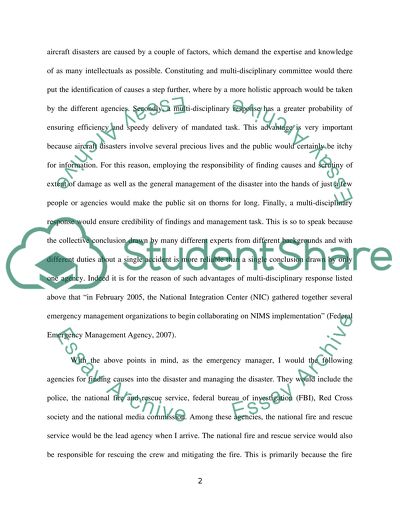Cite this document
(“Disaster rescue plan Research Paper Example | Topics and Well Written Essays - 1750 words”, n.d.)
Retrieved de https://studentshare.org/nursing/1424354-disaster-rescue-plan
Retrieved de https://studentshare.org/nursing/1424354-disaster-rescue-plan
(Disaster Rescue Plan Research Paper Example | Topics and Well Written Essays - 1750 Words)
https://studentshare.org/nursing/1424354-disaster-rescue-plan.
https://studentshare.org/nursing/1424354-disaster-rescue-plan.
“Disaster Rescue Plan Research Paper Example | Topics and Well Written Essays - 1750 Words”, n.d. https://studentshare.org/nursing/1424354-disaster-rescue-plan.


